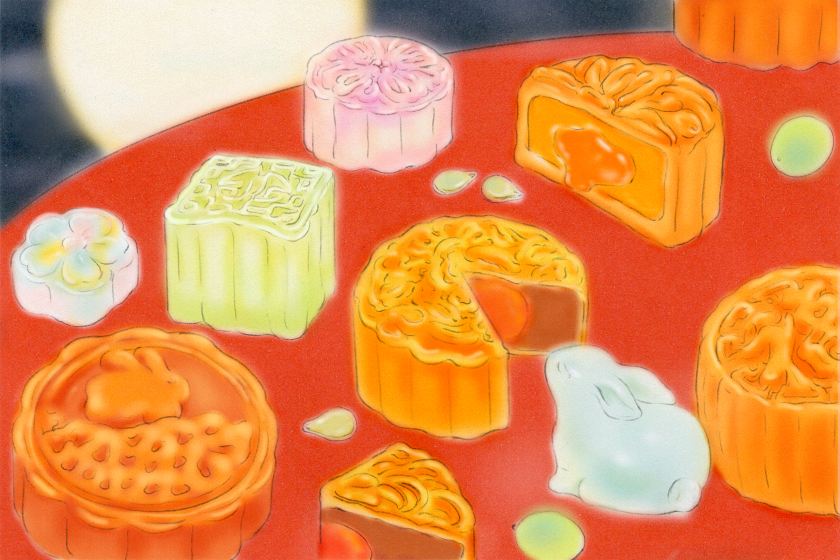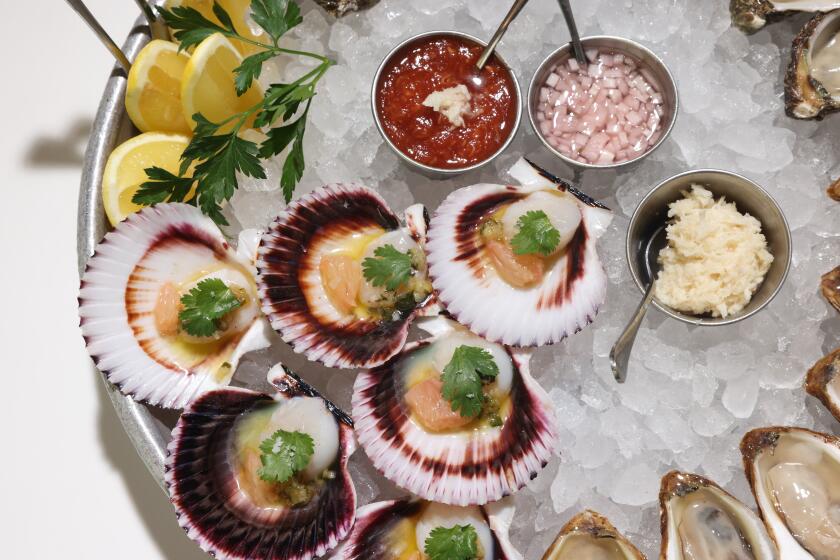Salads, soups, risotto and other recipe ideas for English and sugar snap peas, now in season

What’s in season: You know its spring when you spot mounds and mounds of peas at the market: Right now, you can find loads of English and sugar snap peas. So what’s the difference? English peas, also known as common garden peas, are prized for their uncommonly bright, sweet flavor. The vibrant green peas can be enjoyed a variety of ways but will need to be shucked before using. Thankfully, some farmers take care of this tedious task, and shucked peas can be found at select stands at various markets.
Often referred to as just “snap peas,” sugar snap peas are known for their delicate flavor and great crunch. The peas are a cross between the English pea and the snow pea, developed by a plant breeder named Calvin Lamborn in the 1970s. And they’re a cook’s dream: You can eat the peas, pod and all — no shucking required. Both types of peas are normally in season from late winter through the end of spring.
Eat your peas: 12 recipes for English and sugar snap peas >>
What to cook: If you buy English peas whole, shucking can be time-consuming; one pound of pods will yield roughly one to 1 1/2 cups of peas. Very little, if anything, needs to be done to sugar snap peas. Coarsely chop the pods or serve them whole in salads, or blanch the pods to retain their crunch and bring out their vibrant color to serve as a last-minute addition to pastas or rice dishes. Or cook the peas slightly longer and purée in soups or as a creamed vegetable side. Sauté sugar snap pods with garlic or fresh herbs, or simply steam them for a quick side dish.
What’s on the horizon: Grape and cherry tomatoes, a sure sign that summer is just around the corner, are beginning to show up.
More to Read
Eat your way across L.A.
Get our weekly Tasting Notes newsletter for reviews, news and more.
You may occasionally receive promotional content from the Los Angeles Times.











